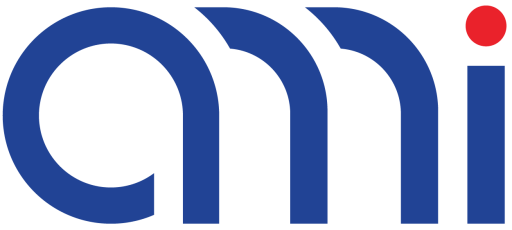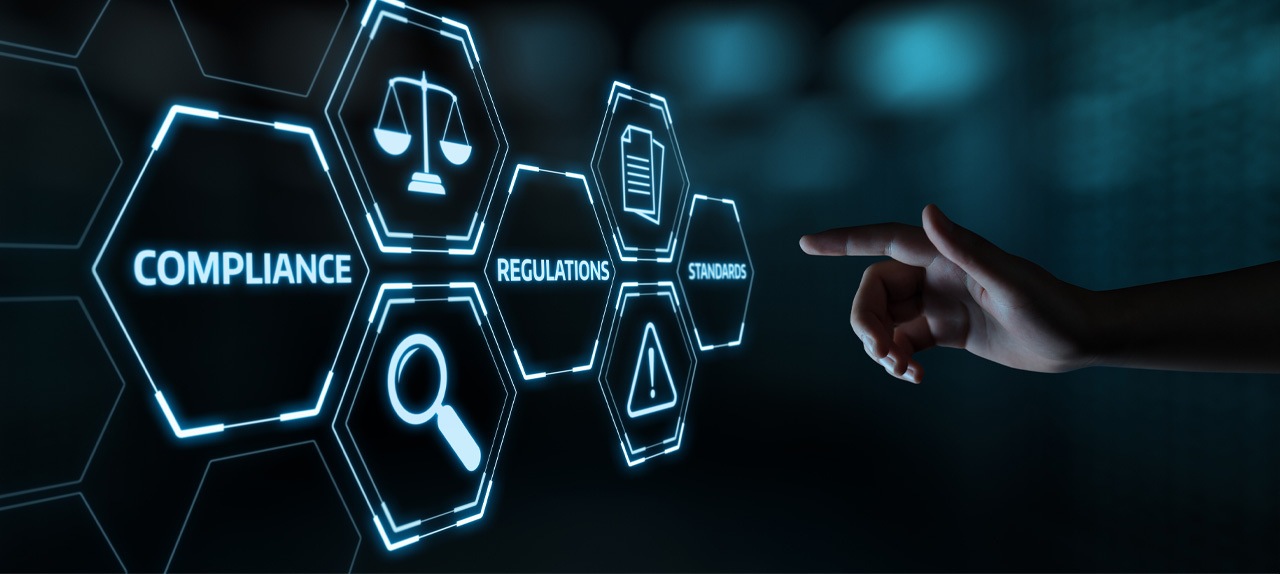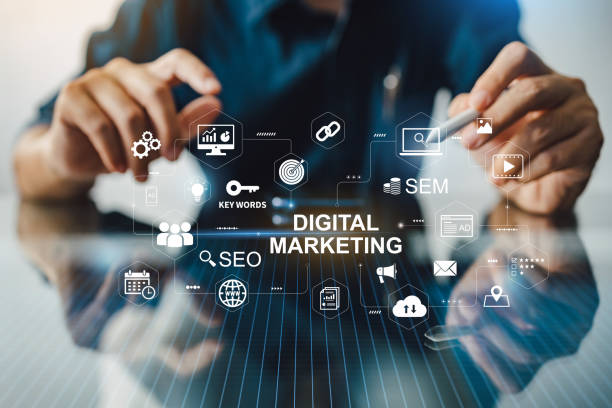Engineering and legal services were once considered separate domains. However, by 2025, their convergence has created a new business model where engineering companies provide legal documentation alongside technical expertise. This hybrid model reflects the reality that projects today are both technical and regulatory in nature. Clients increasingly prefer single-source service providers. An engineering firm that can deliver both project execution and legal documentation simplifies client workflows. This reduces duplication of effort, saves money, and enhances trust. The business model also reflects a shift toward holistic solutions. Clients are not just buying engineering designs; they are buying compliance, risk mitigation, and long-term assurance. Documentation is a natural extension of these expectations. The regulatory environment of 2025 is particularly complex. From cross-border trade agreements to intellectual property rights, businesses require a partner who understands both engineering and legal landscapes. Engineering firms that bridge this divide will be highly sought after. In the future, the most competitive engineering firms will be those that position themselves as comprehensive partners. Their ability to handle technical work and legal requirements under one roof will set them apart from traditional players.
The Convergence of Engineering and Legal Services: A New Business Model


































